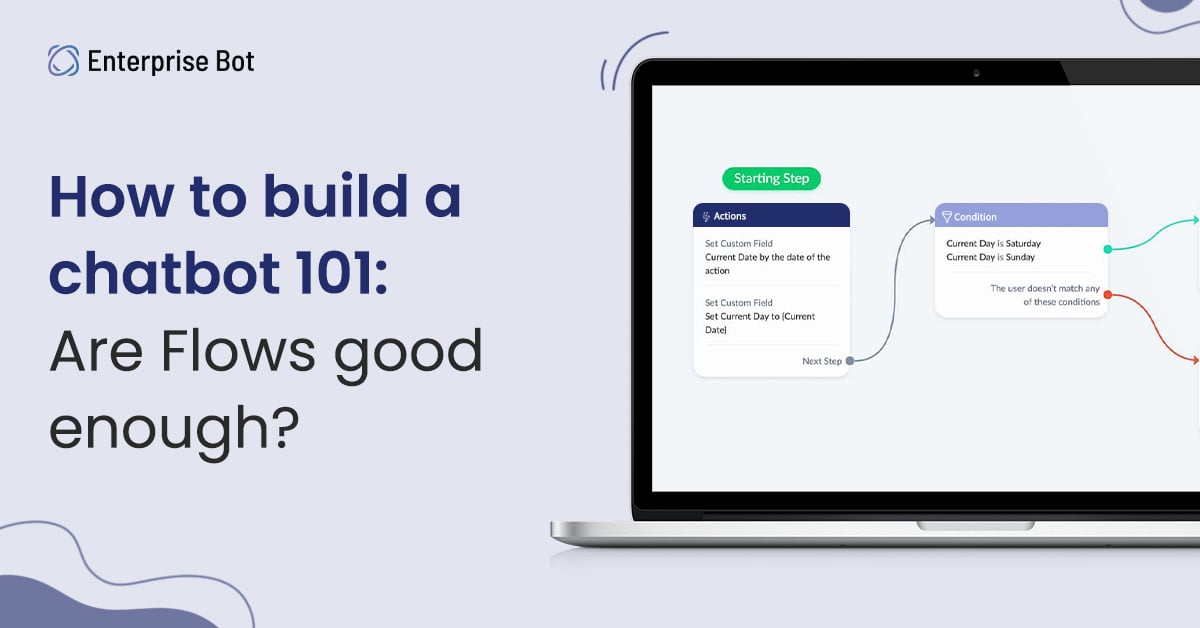The importance of Conversational AI in the workplace

There isn’t a shroud of any doubt when we say that technology has helped improve working conditions and overall outcomes at the workplace. From making processes more organised and cost-effective to introducing remote-working capabilities during the pandemic, technology has placed productivity at the top of the funnel.
Despite making working conditions more favourable, there have been some chinks in the chain. Especially in the context of employee output.
A study by the Kaiser Family Foundation (KFF) showed that 4 out of 10 working adults in the United States alone are currently battling disorders like severe stress or anxiety. [1] Following that, a study by the Harvard Business Review, which analyzed work emails and calendar schedules of 3+ million people, showed that people increased their average working hours by around 49 minutes every day (~ 5%). [2]
How come?
A probable reason is attributed to expanding workloads and ramped up operations. As businesses began to increase output to make up for the lost time during the pandemic, employees started to feel overwhelmed.
This inevitably trickled down and spiralled into the infamous ‘Mass Resignation’ movement, where employees started resigning from their jobs in large groups.
However, organizations were quick to switch on their ‘Damage Control’ mode and arrived at solutions to make working conditions more favourable and supportive.
For example, Nielsen Holdings launched a program that gave its employees flexibility to manage their work and vacation timings, whilst the Principal Financial Group created child development centres for working mothers looking to transition back into the workplace. Also, Microsoft significantly improved its daycare facilities and support to employees with special-needs children. [3]
We are now seeing a paradigm shift across the global economic machine. Human resources are now being placed at the core of multiple business decisions.
But the real question remains: Are we doing enough?
Take the case of Customer Support Agents. A study by Cornell University showed that 87% of customer support executives felt higher than usual stress levels or burnout. [4]
Why? Agents felt that the high volumes of repetitive queries and lack of available data increased frustration whilst on the job. With more people finding themselves indoors with time to spare, conversations between brands and customers increased. As a result, the need for executives to be available round-the-clock increased exponentially.
Yet, what truly baffles all of us is that we’re still leaning on employees to handle increasing customer-query volumes. With the technology available in our hands today, we no longer have to rely on agents to field simple queries or complaints.
Looking to combat this very problem is why organisations began to rely on the advantages of Conversational Intelligence.
With virtual assistants and chatbots in place, organizations can leave a multitude of redundant tasks to the Bot without the need for human intervention.
As a result, companies that deployed Conversational AI have managed to free up time for agents to handle more pressing requirements. Being able to use their skills to the fullest of their capabilities is what drives job satisfaction for customer support agents. Also, by handling a bulk of the volume coming through during peak holiday seasons, agents can embrace the true definition of work-life balance!
With the help of virtual assistants and chatbots, we’re empowering businesses with the ability to give their employees this benefit.
And we hope to provide this to employers all over the world soon.
Big dreams start with bigger aspirations.


